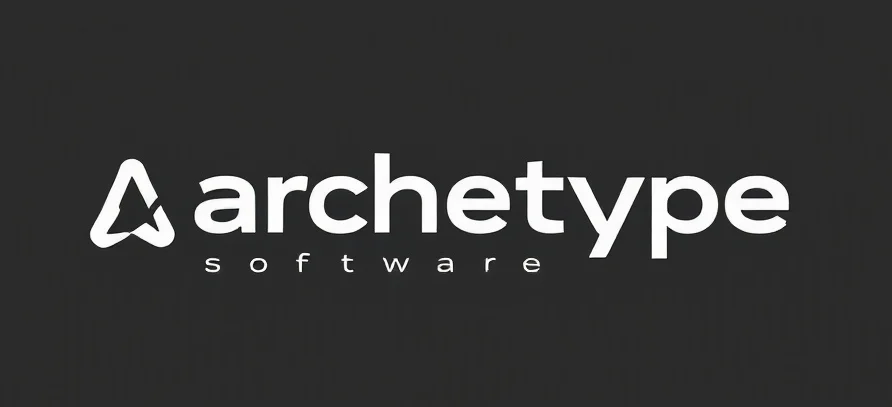Unmasking the “Guy in Suit”: More Than Just a Dress Code
Have you ever noticed that in movies, TV shows, or even corporate worlds, the image of the “guy in suit” is almost a universal symbol? It’s more than just someone dressed formally—it’s a powerful archetype that embodies a certain persona, a role society expects or perhaps even enforces. If you’re curious about how this figure shapes our perceptions and what it really represents, I recommend checking out this fascinating overview of the guy in suit. It’s like peeling back the layers of a costume to reveal something deeper about identity and societal roles.
The Suit as a Modern Archetype
More Than Fashion: The Symbol of Authority and Control
Think about the last time you saw a character in a movie or a high-powered executive—more often than not, they’re clad in a suit. That image instantly communicates authority, professionalism, and control. But it’s not just about looking sharp; it’s about embodying a certain archetype that society has long associated with power. The guy in suit becomes a symbol of order—someone who operates within a structured system, often wielding influence or making decisions that impact many lives.
This archetype isn’t limited to the corporate world. It extends into sci-fi and fantasy, where the suited figure often represents the enforcer, the strategist, or even the villain—think of the cold, calculating agents in dystopian stories or the sleek, masked operatives in spy thrillers. Their suits are armor, not just fabric, signifying their role as gatekeepers of order or chaos.
Storytelling Through the Suit: The Narrative Power of Appearance
Transformations and Masking Identity
One of the most compelling aspects of the “guy in suit” archetype is how it plays with identity. A character might start out as an everyday person, but when they don the suit, they step into a new role—a hero, an anti-hero, or a villain. This transformation is storytelling magic. The suit acts like a mask, allowing the character to adopt a new persona, often distancing themselves from their true self.
For example, in sci-fi stories, a scientist or engineer might wear a spacesuit, transforming from a curious explorer into a symbol of humanity’s reach into the stars. In other stories, the suit becomes a uniform, signaling allegiance and identity—think of the iconic armor of superheroes or the sleek uniforms of space marines. The suit elevates their role from individual to symbol, embodying ideals, fears, and aspirations.
The Societal Implications of the Suit Archetype
Conformity, Power, and Rebellion
The “guy in suit” isn’t just a figure of authority—sometimes it’s a symbol of conformity, a societal expectation to fit into predefined roles. But often, it can also serve as a tool for rebellion. Characters who break free from the suit or challenge its authority often highlight themes of individuality versus societal norms.
In sci-fi narratives, the suit can represent the constraints of society or government, with characters fighting to shed the uniform and reclaim their identity. Conversely, in stories where characters embrace their suits, it may symbolize acceptance of societal roles or the power that comes with conforming to expectations—sometimes even questioning whether the suit is a prison or a shield.
Beyond the Screen: The Cultural Impact of the “Guy in Suit”
From the boardrooms to the galaxy far, far away, the archetype of the guy in suit resonates because it taps into universal themes of identity, power, and transformation. It’s a visual shorthand that tells us volumes about who a character is or what they represent, often before they even speak a word.
So the next time you see someone in a suit—whether in a sci-fi epic or your daily life—remember, it’s more than just clothing. It’s a story in fabric, a symbol that can reflect authority, rebellion, or the complex dance between societal expectations and individual identity. And as with many archetypes, understanding this simple costume helps us see the deeper narratives woven into our culture and stories.
Checkout ProductScope AI’s Studio (and get 200 free studio credits)
